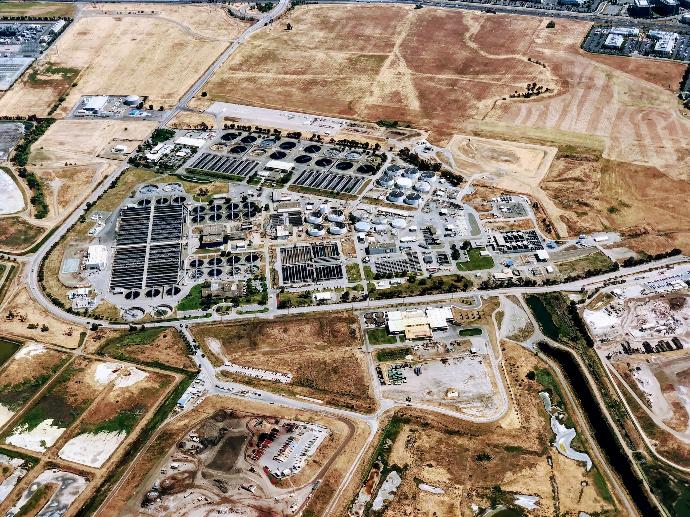Challenges
- Home >
- Challenges >
-
How to implement circular practices that allow for the valorization of resources and waste generated in the production process to reduce environmental impact and maximize efficiency and profitability?

How to implement circular practices that allow for the valorization of resources and waste generated in the production process to reduce environmental impact and maximize efficiency and profitability?

Status: Open
Opened: 12 Mar 2023 - Closed: 01 Jun 2023
- mining
- water
- treatment
- environmental
**Value elements** Mining companies are looking for technologies that consider one or more value elements in their proposal. Solutions focused on the valorization of effluent water in the influence zone. Solutions that decrease or partially or totally replace the use of lime in metallurgical and water treatment processes. Technologies that extend the life use of critical inputs: mill steel balls, tires, equipment oil, etc. Use of non-contact water (which has not been touched by the metallurgical mining process, for example, rainwater). Alternatives for injecting water into the aquifer in times of excess rainfall. The revalorization of rejection water (water that contains salts, filtered from the treatment plant), without causing pipe scaling. Solutions focused on the recovery of remaining mineral grades. Solutions focused on the revalorization of tailings with non-metallic mineral concentrations (pyrite, carbonates, silicates, etc.). The revalorization of organic waste for energy generation or contribution to agriculture or other activities. The revalorization of sludge by acid water treatment.

To view more Challenge details and submit an expression of interest
Explore more Challenges
Solutions to Business Technological Challenges
-
CHALLENGE
31 Oct 2023
- non-crushable materials
- production efficiency
- conveyor belt damage
- Ore processing challenges
-
CHALLENGE
29 Mar 2023
- clean energy
- carbon
- energy
- footprint
-
CHALLENGE
12 Mar 2023
- mining
- water
- treatment
- environmental
